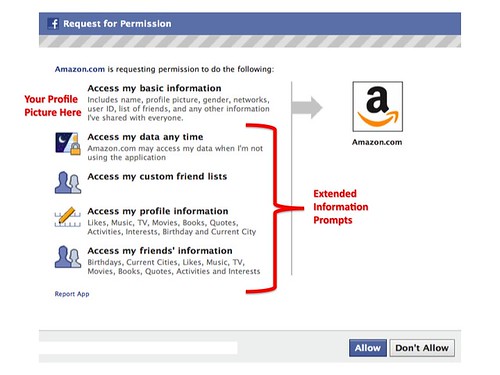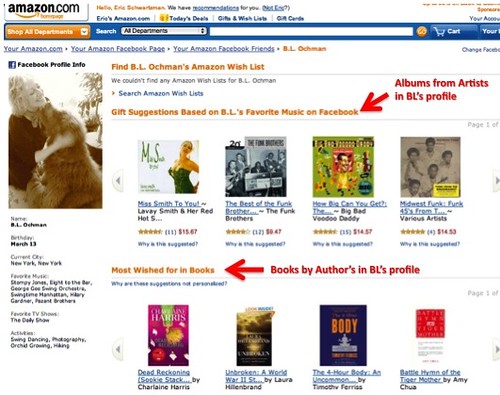Why Facebook Could Become Less Important to Content Marketing Agencies

If the case studies and news highlights in this blog post are a glimpse of things to come, then Facebook Brand Pages could become a less critical channel to content marketing agencies and their clients once they learn the real power of a social network.
Content Marketing Agency Highlights
The best times to post, creative content types, and Facebook marketing strategy are not nearly as important as connecting with your target audience through Facebook insight.
It’s less about your Facebook posts and more about the data Facebook amasses on your customers’ preferences.
Facebook is relatively easy to use for website marketing since you can measure the value of Facebook insights without transiting visitors to your Facebook page.
The big question is are digital marketing professionals up to task?
Of course, the social networking giants will remain important for reaching consumers.
But for marketers, the real opportunity is collecting, analyzing and marketing to the connections, identities and psychographics of a social network’s members.
When aggregated, this psychographic data is a research panel that’s richer and more accurate than ever before.
And we are starting to see evidence of web marketers using this data to drive sales on their websites by implementing a Facebook marketing strategy that uses the insights gleaned through engagement to inform Facebook advertising buys based on audience psychographics.
It is already possible for websites to integrate social networking features with Facebook’s Graph API, which lets visitors bring their friends and interests to any website.
It all starts with the “Login with Facebook” button.
Social Sign In, or CIAM Platforms as they have become known, allow visitors to log into your website with their Facebook username and password.
After serving a “Request for Permission” screen (above), which brand marketers use to get permission to capture extended information about the visitor, such as the “like” buttons they’ve clicked, their birth date, the city they live in, and more, the user can sign in with their Facebook user ID and password.

Unlike Facebook’s Social Plug-Ins, which are very simple and easy to install, the Graph API is a bit more difficult to get up and running. Still, it also offers much greater access to read and write information from Facebook.com to a third-party destination website.
A Facebook marketing strategy has access to richer information about their visitors than ever before.
Facebook user’s profiles and actions create more accurate, detailed demographics than any other media channel.
Integrating the Graph API allows online marketers to build stronger relationships with website visitors through more significant insights about their preferences.
Rather than offer a searchable database of albums, artists, and tracks and overwhelm visitors with infinite choices, the online music service Spotify integrated the Graph API so users can see the music their friends like.
Users can share playlists and see which songs their friends listen to most. “Spotify now sees 60% of their traffic coming from Facebook,” says partner engineer Simon Cross.
The power of the Facebook platform is not so much Facebook.com but rather the connections, identities, and interests of the network’s users.

Amazon uses Facebook’s Graph API to take even more guesswork from gift giving.
Amazon introduced recommendations before Facebook existed, but they were recommendations from anyone who had purchased something we bought.
They weren’t personalized.
They weren’t social.
By integrating the Graph API, Amazon lets visitors know what recording artists and authors their friends like, what they’ve bought themselves in the past, and when their birthdays are.
Facebook Places recently announced its first European mobile integration with review site Qype, which has 17 million unique users across ten countries and nine languages.
Since the launch, they’ve had 1 million mobile downloads of the iPhone App, which lets users see where their friends have checked in, see their friend’s check-in history, and check in at a location on Qype and Facebook in one action.
“For us, the importance of Facebook information is about the power of friends to make a local decision,” says Qype Country Manager for France Vincent Wermus.
From a marketing standpoint, Facebook’s Graph API solves advertisers’ longstanding problem with social media.
They know mainstream media is inefficient, but at least they get demographics.
RSS is a great distribution tool.
It’s practical, efficient, and cheap, but you have no idea who’s downloading or subscribing to your blog or podcast and what they think about it.
On the other hand, Facebook’s Graph API allows marketers to collect demographics on visitors and in some cases, demographics of visitor’s friends.
When you have a rich storehouse of user preferences to cross reference website activity against, you’re in a much better position to profit from them.
From a consumer and employee privacy standpoint, as people start waking up to how the Facebook Graph API works, they’ll become more demanding about the quality of the services they trade their personal information for.
If it’s lame, why give up your extended data, or your friend’s data?
Facebook’s Graph API is the most powerful way of leveraging the platform, but Facebook’s Social Plug-Ins and Facebook Pages are also worth investigating.
B2B Digital Marketing on Linkedin
Interestingly enough, last week Hoover announced a deal with Linkedin to provide “seamless integration between Hoover’s information on 31 million companies and 37 million people with LinkedIn’s professional network of business contacts.”
We’ll have to wait and see how the actually wind up doing that, but we’re witnessing the next evolution in social marketing.
Companies are beginning to appreciate that when you have a rich storehouse of demographic and psychographics to cross reference your website activity against, you’re in a much better position to satisfy your customer’s preferences.
This post was written from a presentation by Facebook partner engineer Simon Cross. A podcast of his presentation is available as well.
Integrated Marketing Services
White Papers
Podcasts
Latest Posts

















